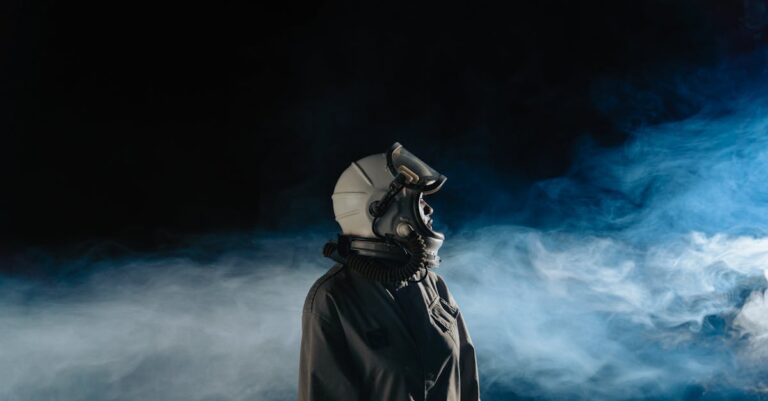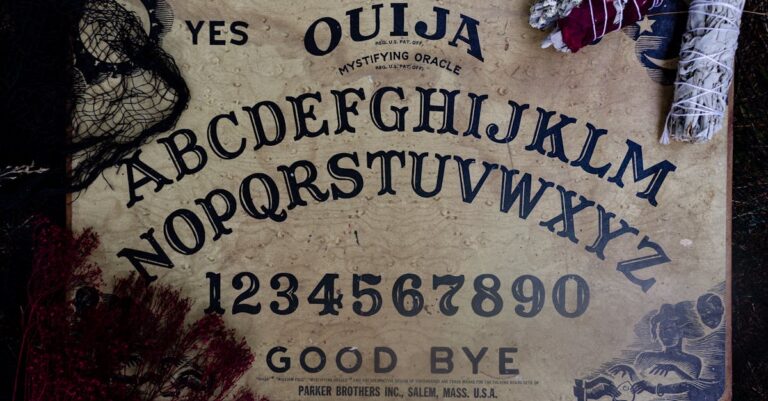
## The Cartographer’s Echo
The scent of scorched paper clung to Ellyn’s nostrils, a phantom limb of the fire that consumed Dorian Voss’s study just weeks ago. Officially, it was an electrical fault, a tragic accident. But Ellyn hadn’t believed it then, and she certainly didn’t believe it now, sorting through the salvaged volumes like an archaeologist excavating a lost civilization. Dust motes danced in the weak afternoon light filtering through the library’s gothic windows as she examined a leather-bound atlas titled *Coastal Charts of the North Atlantic*.
She traced a finger across faded ink, noting the meticulous detail. Voss was obsessed with cartography, an oddity for someone funding theoretical astrophysics research. A small, tarnished silver pocket surveyor – a surveying instrument from the late 1800s— tucked within its pages caught her eye. It wasn’t listed in any inventory, a solitary relic amidst the organized chaos.
“What have we here?” she muttered to herself, turning it over in her hand.
A series of deeply etched symbols adorned its surface—not nautical markings she recognized, but something older, more cryptic. She photographed them with her phone, a familiar itch for unraveling mysteries blooming within her. Voss always did enjoy puzzles.
“You’ll need a good magnifying glass for those,” the library assistant, Silas, said, appearing beside her. He was a lanky young man with perpetually ink-stained fingers and an unnerving ability to materialize silently.
“Thanks,” Ellyn responded, already focused on the symbols again. “I’m curious about these.”
Silas peered at her phone screen, tilting his head. “Looks like some sort of cipher.”
“Maybe,” Ellyn agreed, her mind already racing. She recalled Voss’s meticulously documented research on extinct languages, his late-night phone calls filled with jargon she never quite understood. He’d claimed to be studying ancient communication methods, a branch of research that felt increasingly relevant now.
She spent the next week consumed by the surveyor. A local cryptographer, a retired linguistics professor named Dr. Anya Sharma, confirmed her suspicion: it wasn’t just a cipher; it was a layered system incorporating geometric principles and stellar alignments.
“Extraordinary,” Anya said, her voice hushed with awe after hours spent deciphering the engravings. “It maps…something terrestrial, but the coordinate system— it’s unlike anything I’ve ever seen.”
The decoded data led Ellyn to a remote stretch of the Maine coastline, a series of rocky inlets and jagged cliffs that seemed unremarkable at first glance. But the surveyor’s data pinpointed a specific location, a seemingly impassable wall of granite that plunged into the churning Atlantic.
“According to this,” Ellyn said, squinting at her tablet, “there’s an opening here.”
Beside her, Liam, a marine biologist she’s recruited to assist with the expedition, grunted. “Looks like solid rock to me.”
A tidal surge momentarily cleared the area, revealing a narrow fissure barely wide enough for a person to squeeze through.
“Well,” Liam shrugged, adjusting his wetsuit. “Let’s see what’s hiding behind the rock.”
The water inside was shockingly warm, a stark contrast to the frigid Atlantic. A faint bioluminescence painted the cavern walls with an ethereal glow, intensifying as they ventured deeper.
“What is this place?” Liam breathed, his voice echoing eerily in the cavern.
The cavern opened into a vast subterranean ecosystem—a riot of luminous fungi, strange aquatic plants that pulsed with light, and crystalline formations that shimmered like captured stars. It was as if a hidden world thrived beneath the surface, untouched by time.
“Paleogene uplift,” Ellyn murmured, staring at a geological formation identified in the surveyor’s data. “This entire cavern system was sealed off millions of years ago.”
Deeper within the ecosystem, they discovered something even more astonishing: a complex network of interconnected fungal strands, glowing with an intense blue light.
“It’s…a neural network,” Ellyn realized, her breath catching in her throat. “But not an optical one.”
She recalled Voss’s esoteric research, his claims of studying brainwave patterns in fungi. The surveyor’s data included notations linking the fungal network to a specific electroencephalography frequency—a frequency remarkably similar to human brainwaves.
Back at Voss’s salvaged papers, she found a hidden compartment containing meticulously detailed EEG logs—records of brain activity during fungal exposure. The notes were cryptic, referencing “resonant frequencies” and “cognitive bridges.”
“He was trying to communicate with it,” Ellyn said, rereading a passage. “To bypass language.”
Then she found the diaries of Captain Elias Thorne, a little-known deep sea mariner from the 1880s. His entries spoke of experiencing profound empathic connections while at sea, sensing the emotions and thoughts of others without words. Thorne attributed these experiences to a hidden “oceanic consciousness”, an unseen web connecting all living things.
“Tele-empath connectivity,” she whispered, tracing Thorne’s handwriting. “He called it ‘the Sea Mind.’”
The surveyor’s data correlated Thorne’s documented locations with specific points within the cavern system, strengthening Ellyn’s growing conviction. Voss wasn’t just studying fungi; he was tapping into something far more profound—a naturally occurring form of telepathic communication.
“He believed it could transcend language barriers,” Ellyn mused, connecting the dots between Voss’s research and Thorne’s observations. “Create a direct link between minds.”
Liam, who had been meticulously documenting the ecosystem’s flora and fauna, suddenly stopped, his gaze fixed on a particularly dense patch of luminous fungi.
“I’m feeling… something,” he said slowly, his voice laced with confusion. “It’s like…a sense of calm. And… curiosity.”
Ellyn felt it too, a subtle shift in her own consciousness, an awareness extending beyond her physical senses.
“It’d be dangerous to make assumptions,” she cautioned, although she knew it was already too late.
A wave of images flooded her mind—visions of Thorne’s ship battling a storm, the fear and desperation on his crew’s faces. Then, a feeling of immense loneliness, followed by a wave of acceptance and peace as Thorne seemed to merge with the ocean’s consciousness.
“He’s not just communicating,” Liam said, his eyes wide with astonishment. “I think… I think he’s *here*.”
Ellyn felt a connection, too—a sense of ancient wisdom and profound understanding.
“It’s not about vocal impediments,” Ellyn whispered, understanding dawning in her mind. “It’s about bypassing the limitations of language altogether.”
The fungal network pulsed with an intensified glow, bathing the cavern in an otherworldly light.
“He wanted to understand it,” she breathed, her voice barely audible above the hum of the resonating ecosystem. “He wanted to share it.”
The mind-to-mind communication wasn’t just a scientific discovery; it was a bridge, connecting present minds to the echoes of those who came before. A silent chorus of voices resonated within her thoughts—Thorne, Voss, and countless others whose experiences were now intertwined with the luminescent depths.
“What do we do?” Liam asked, his voice filled with a mixture of awe and trepidation.
Ellyn gazed at the intricate network of fungal strands, a profound sense of responsibility settling upon her. The secrets hidden within these caverns could change the world, but also potentially destroy it.
“We learn,” she said finally, her gaze fixed on the glowing ecosystem. “We listen.”
She reached out, touching a pulsing strand of luminous fungi with reverence, ready to explore the uncharted territories of consciousness—a silent symphony echoing through time and space.


